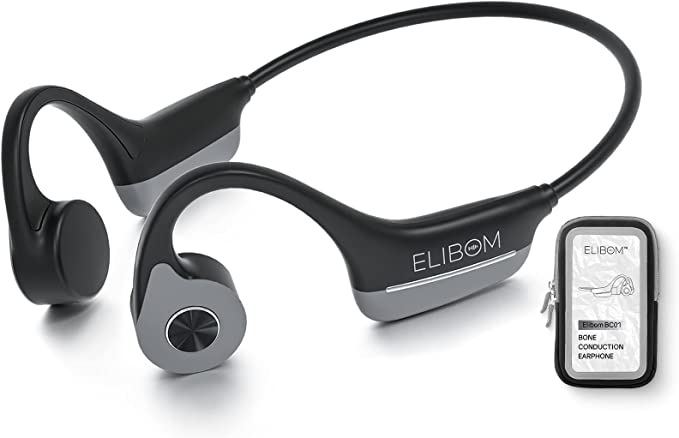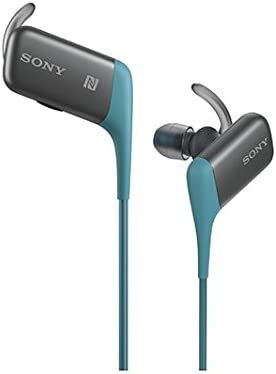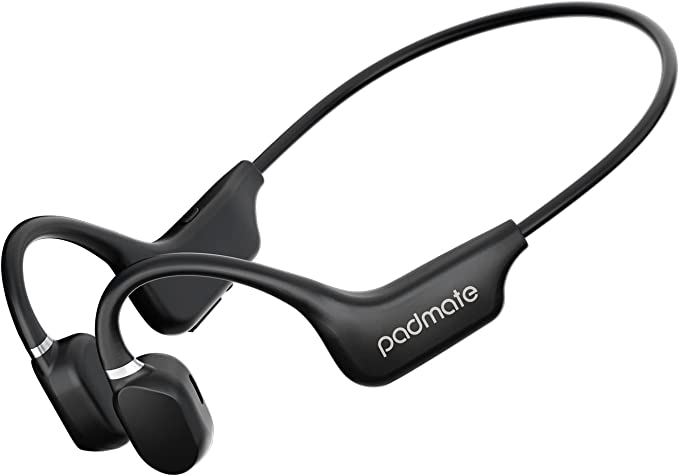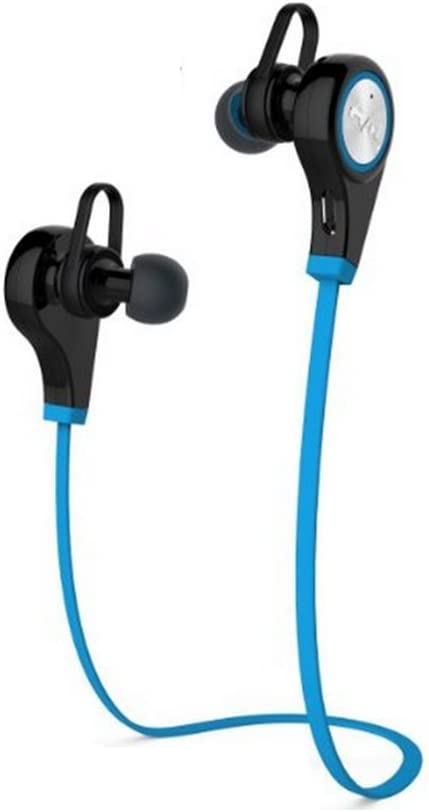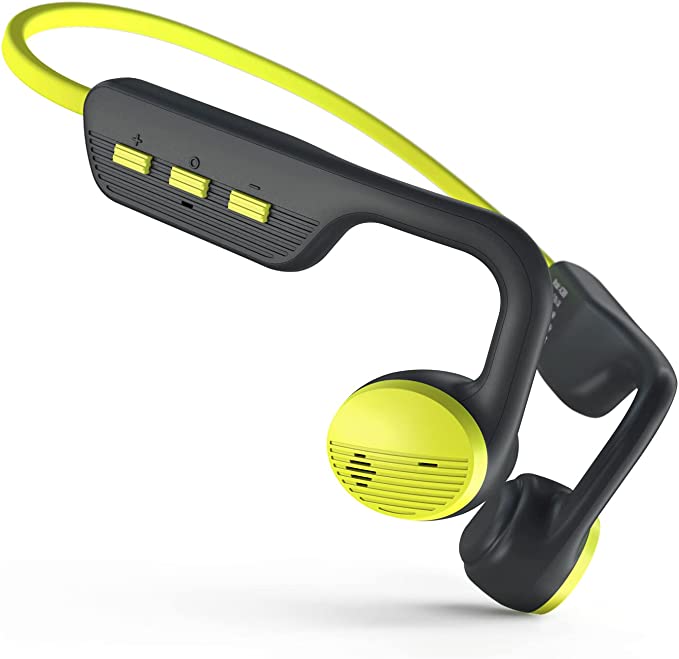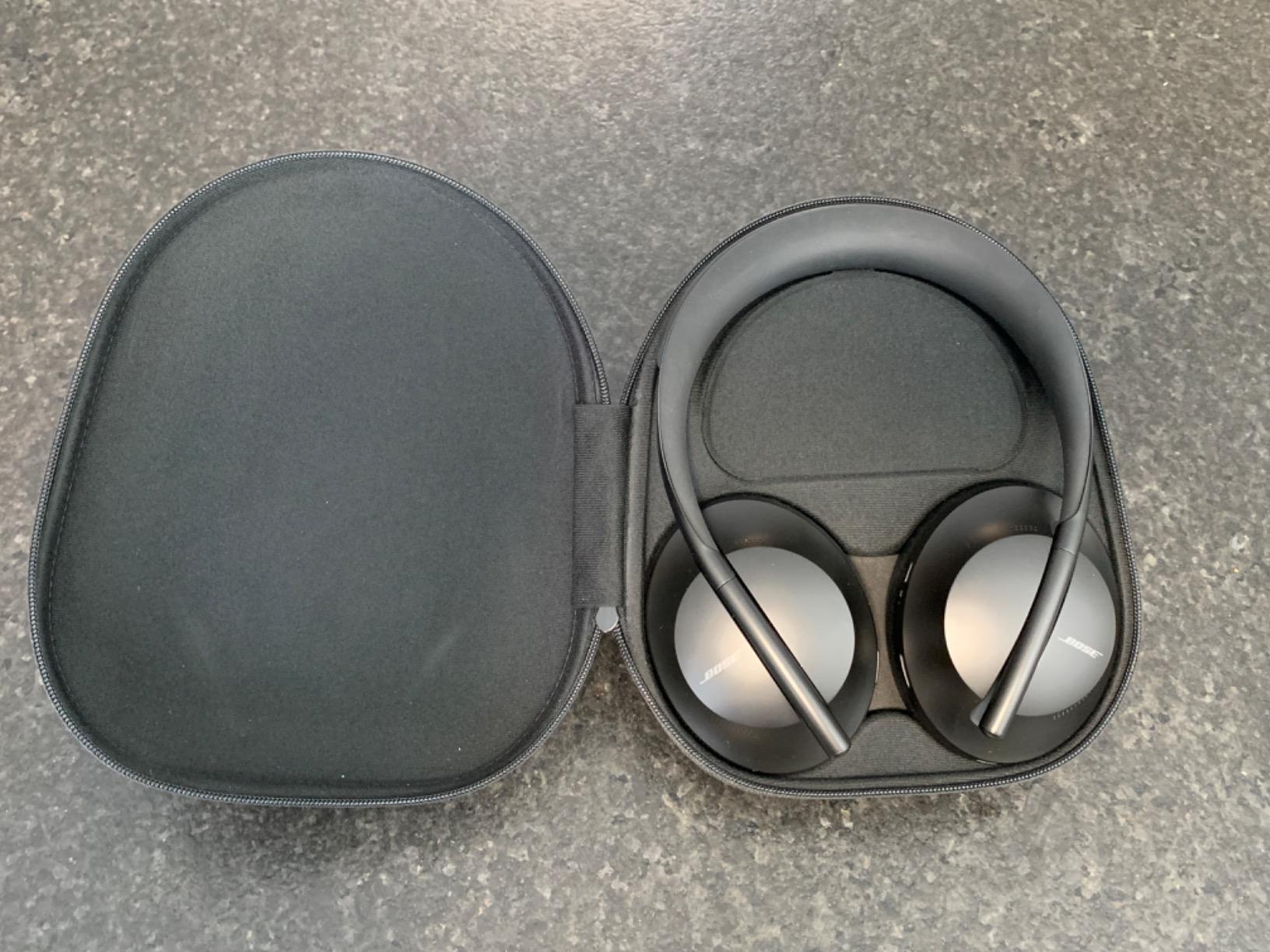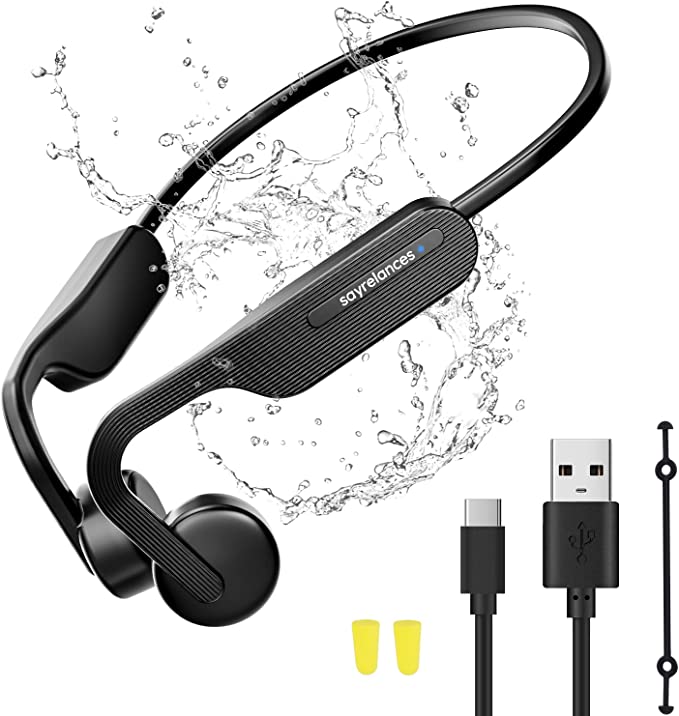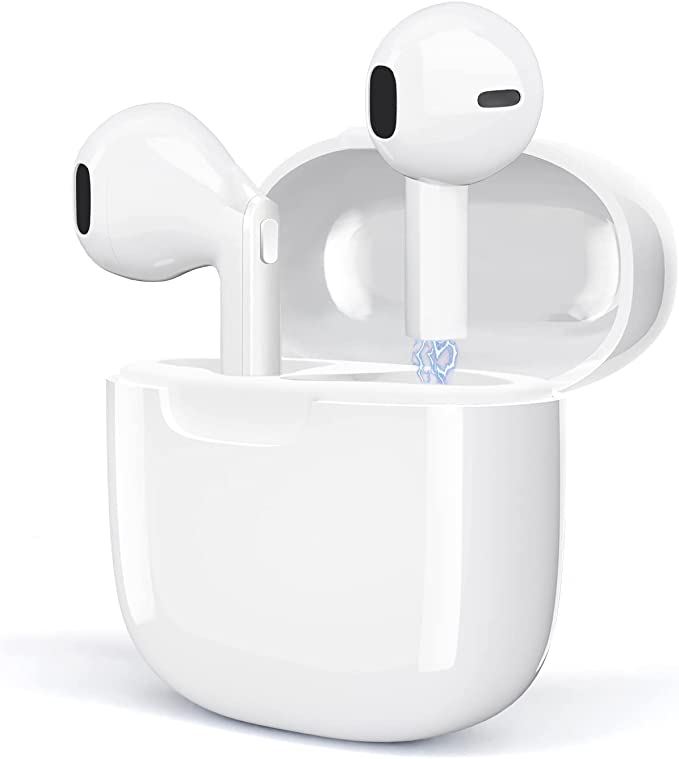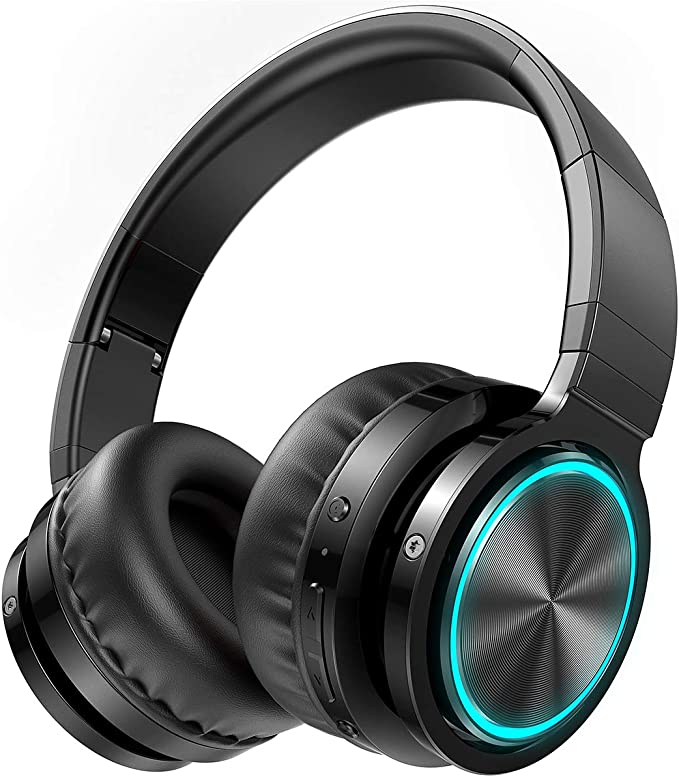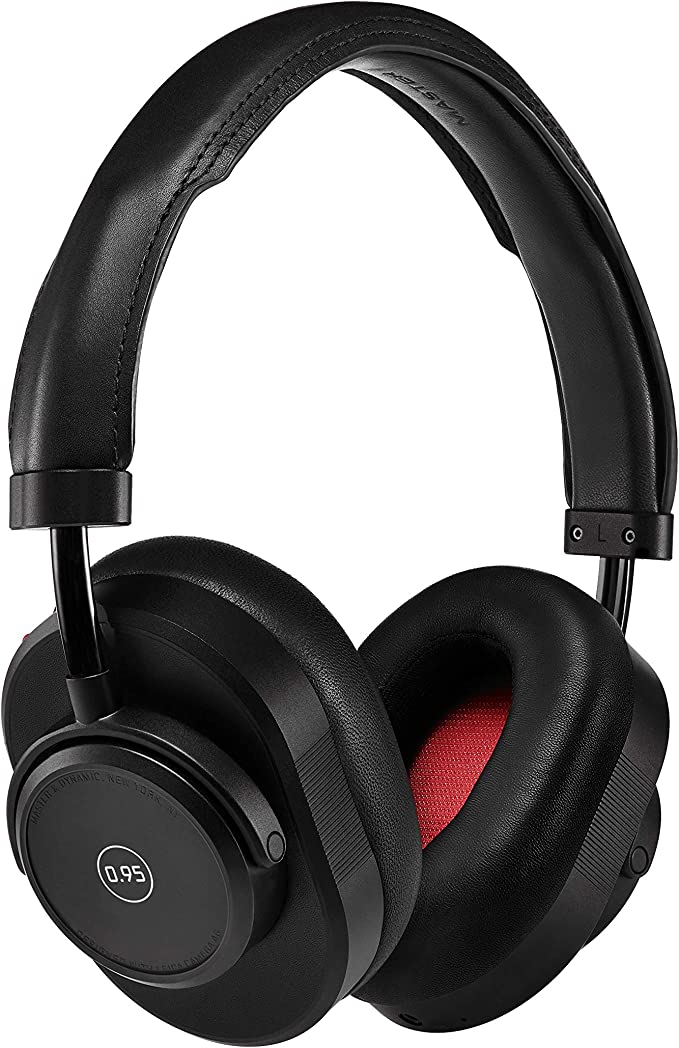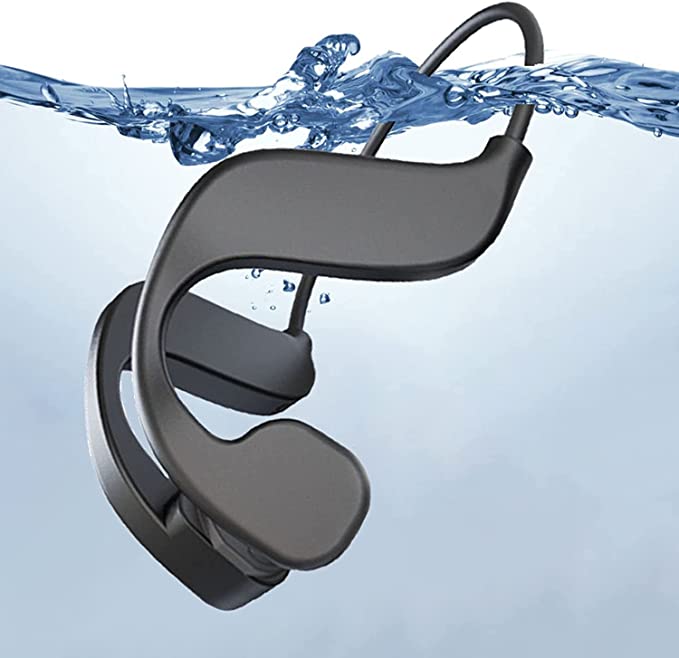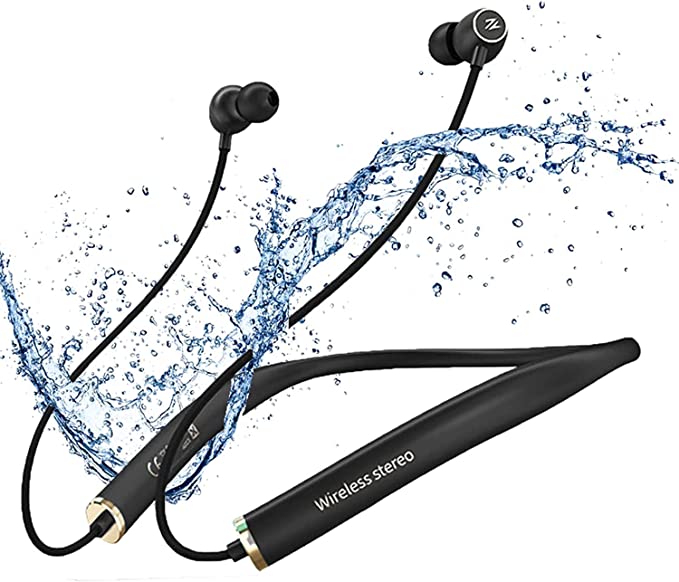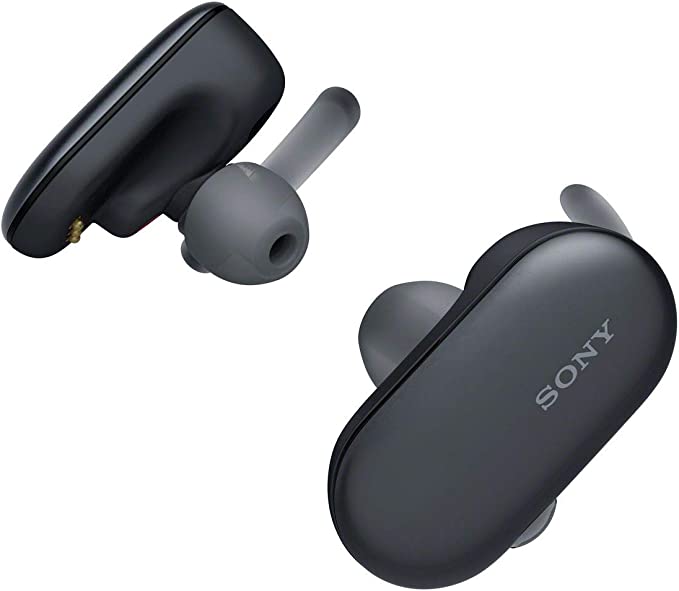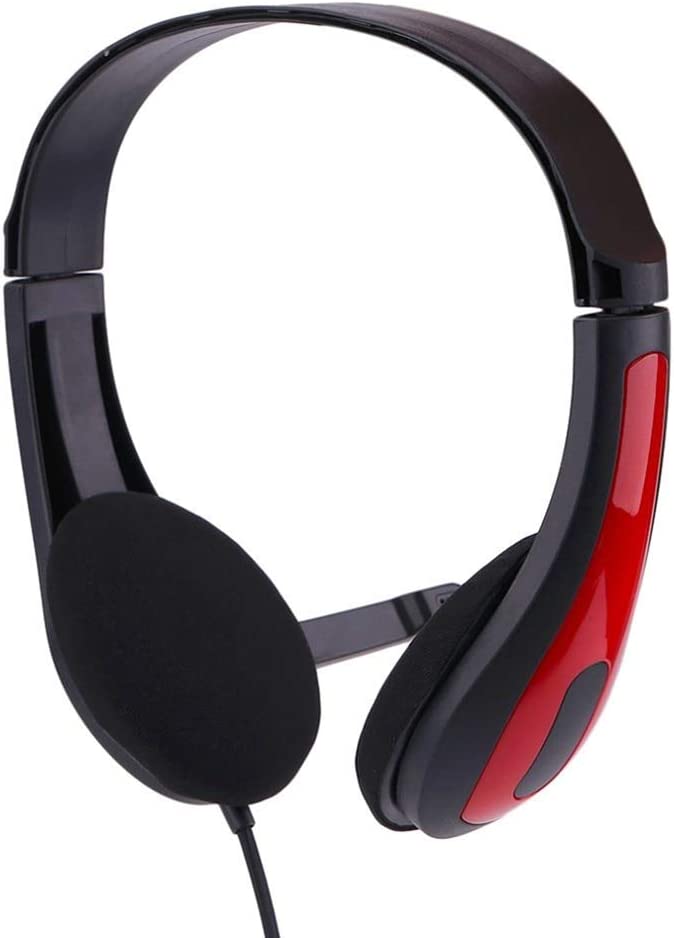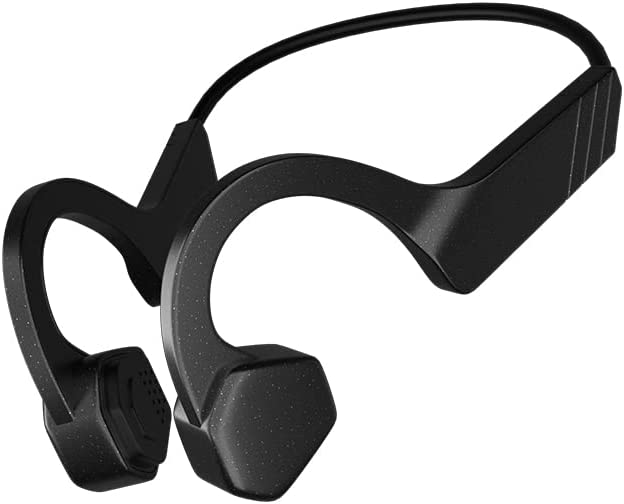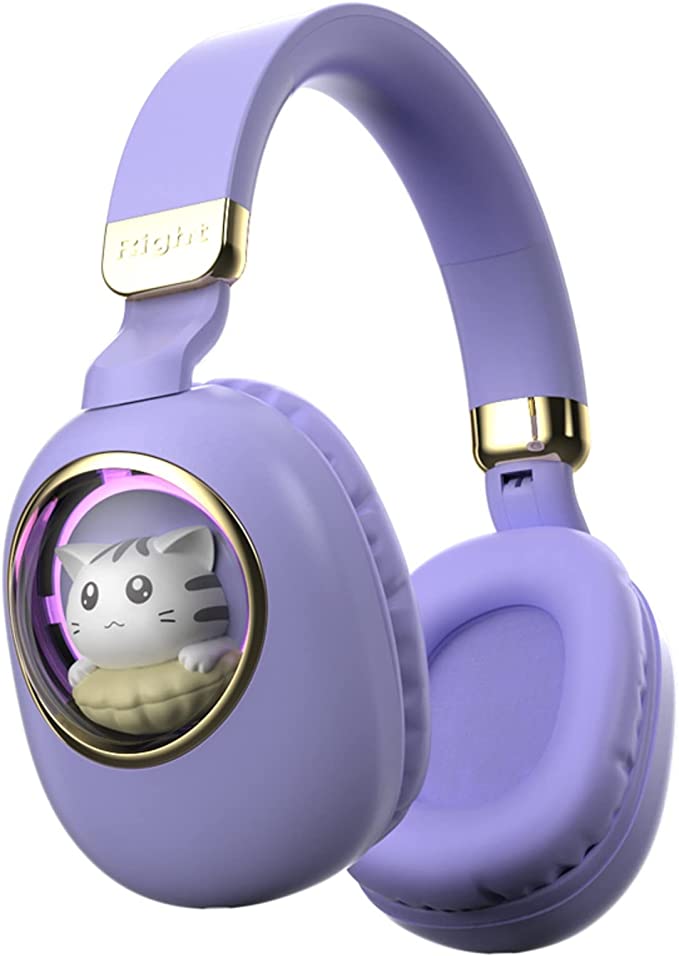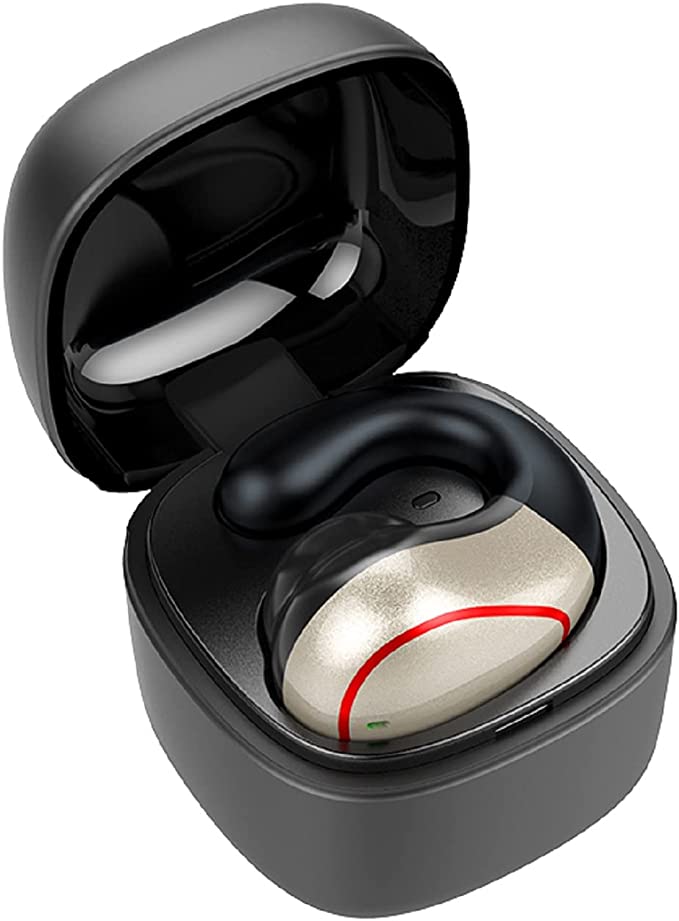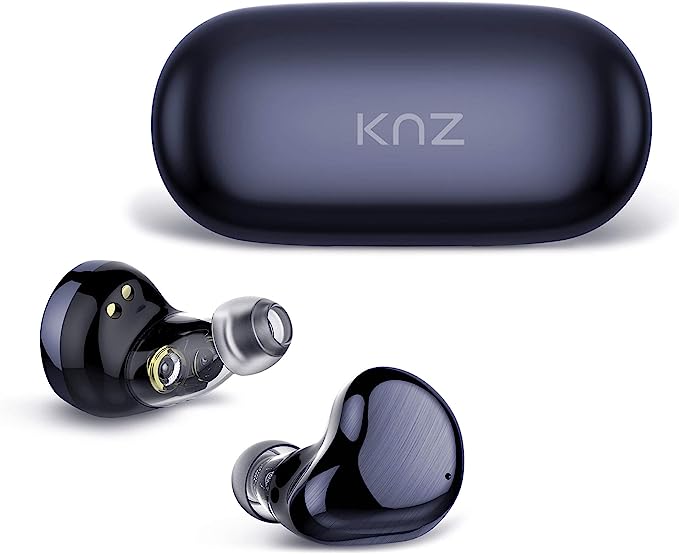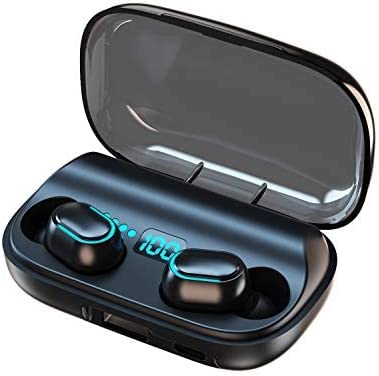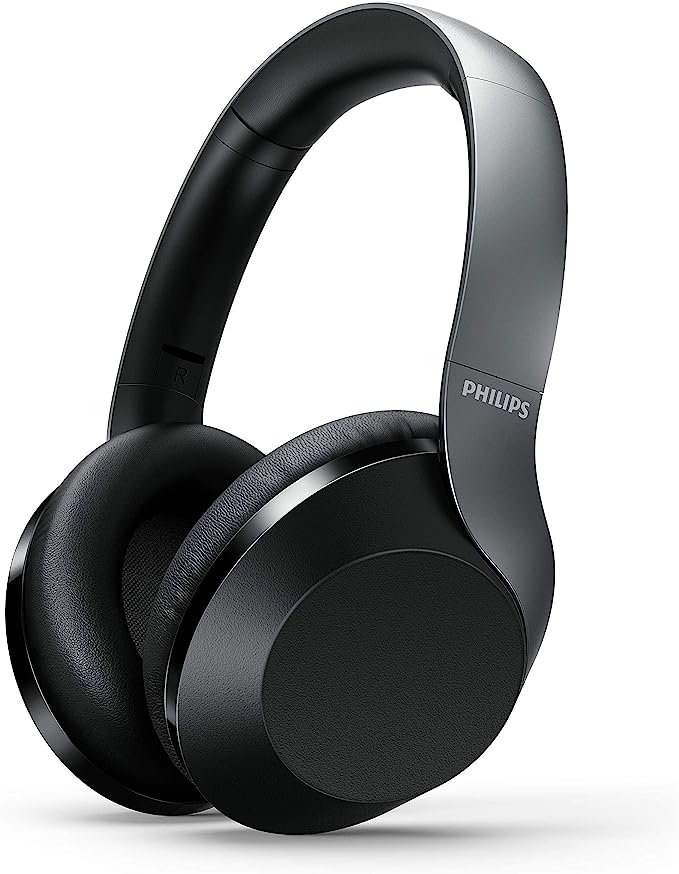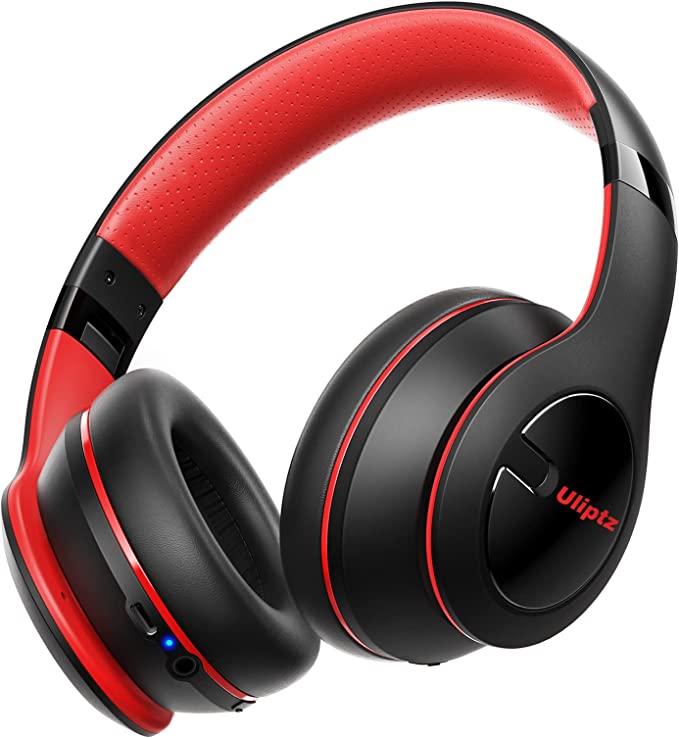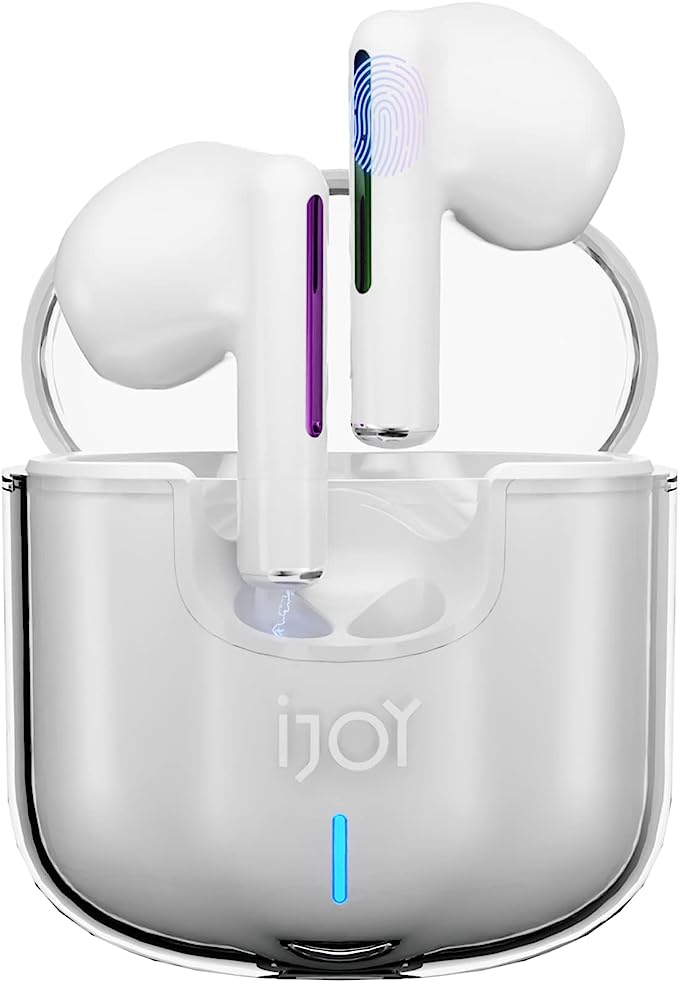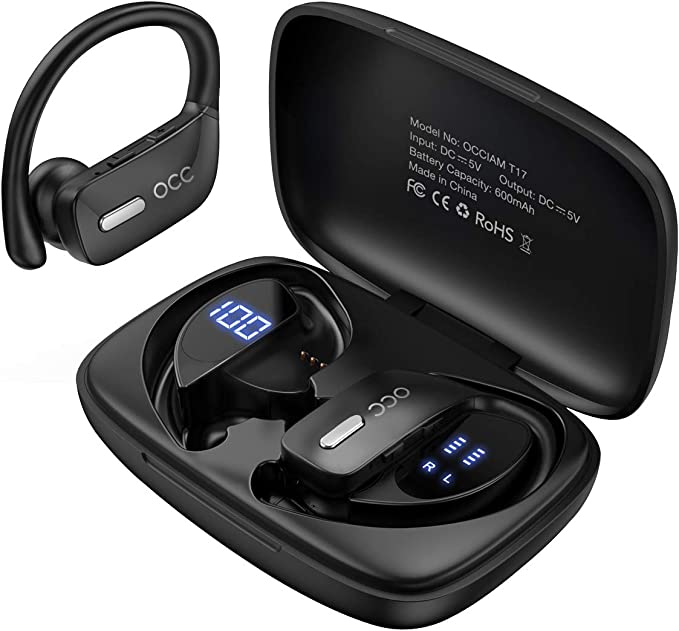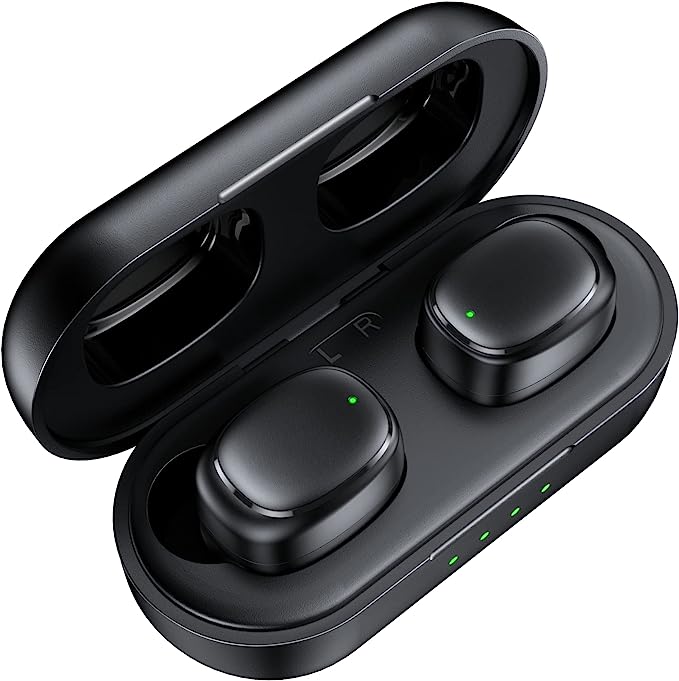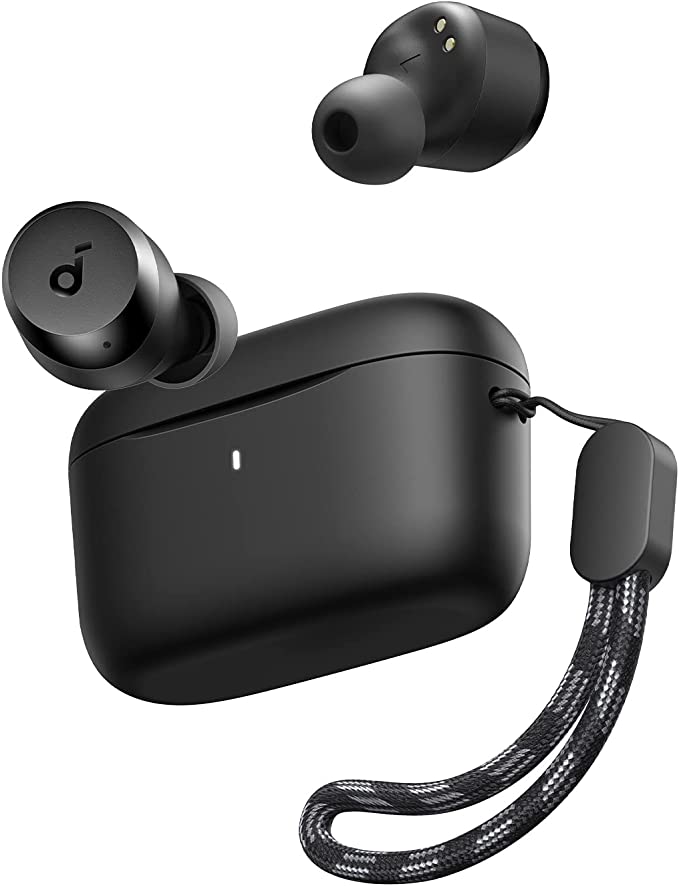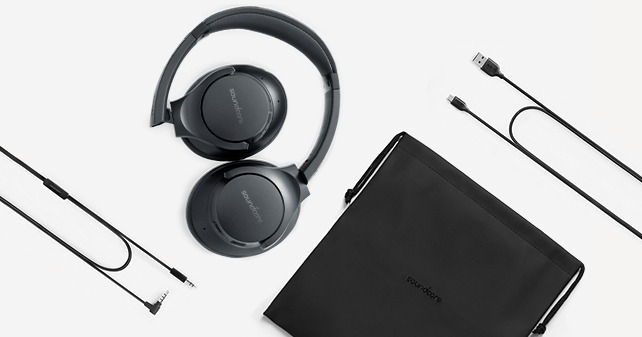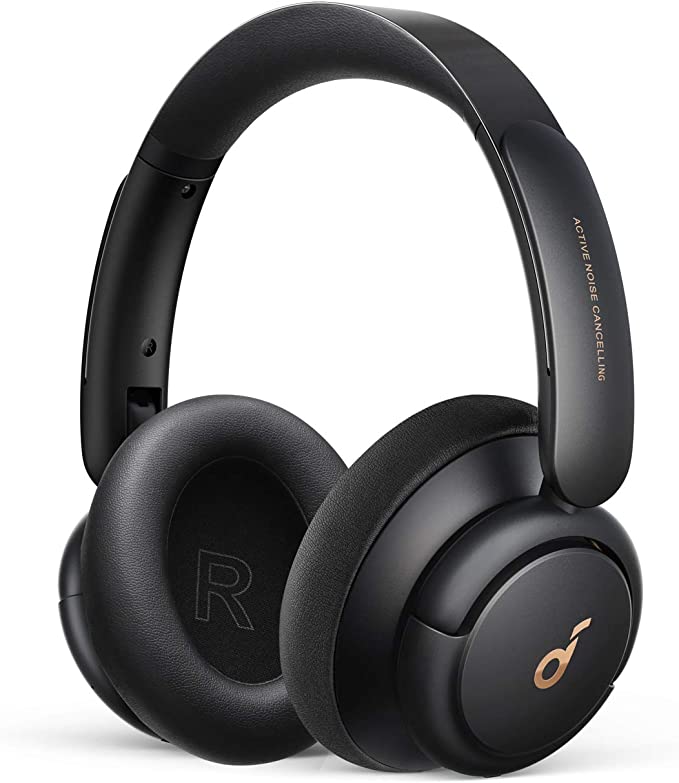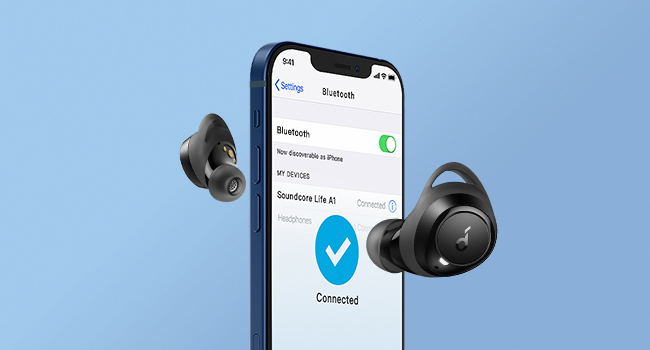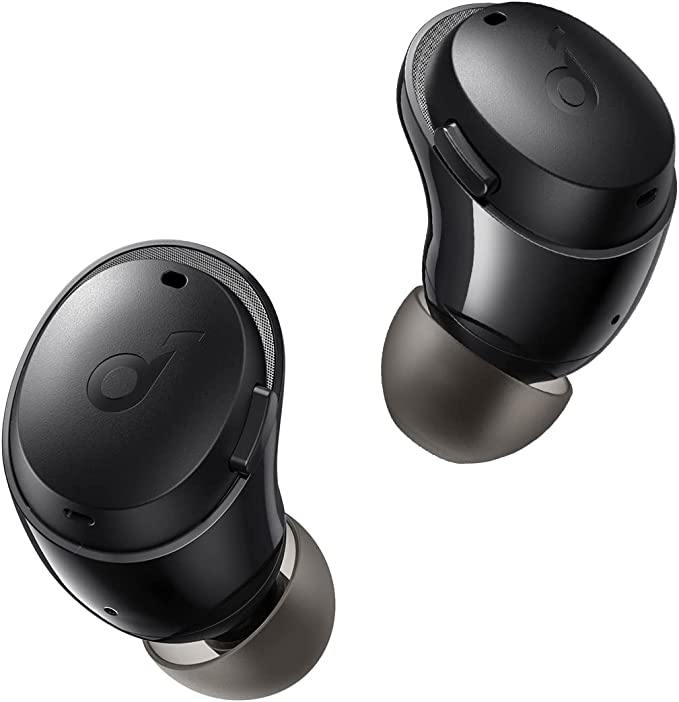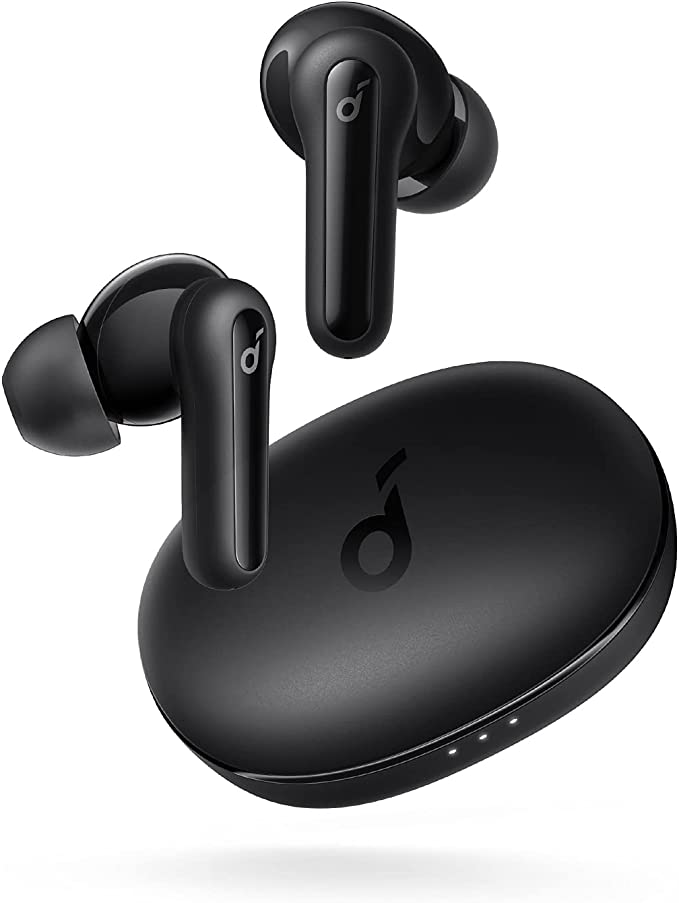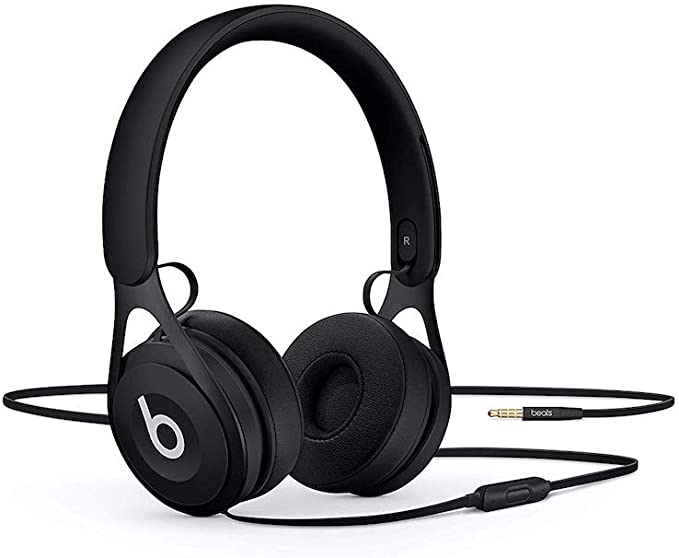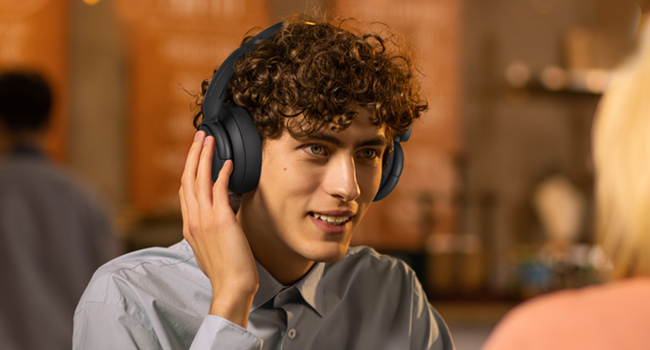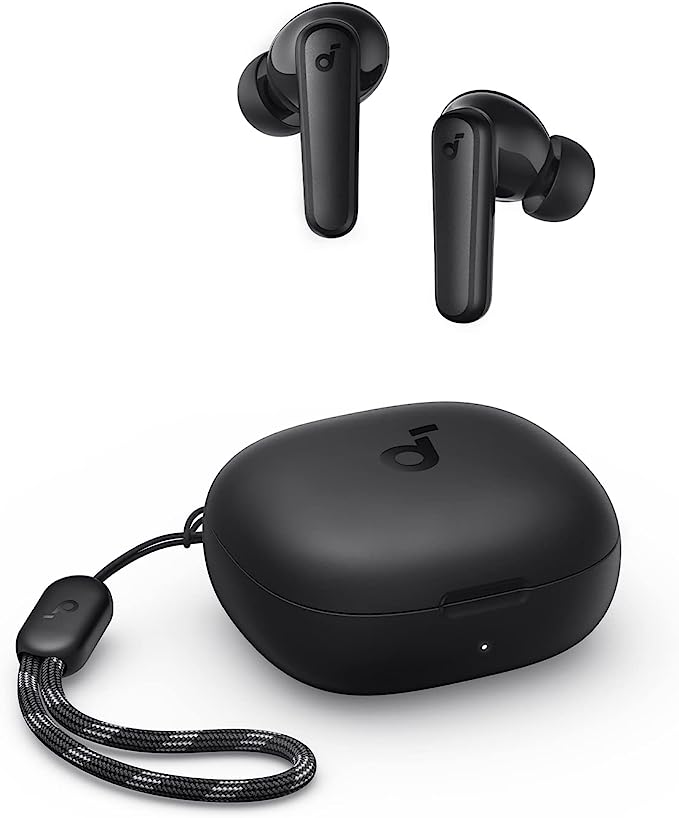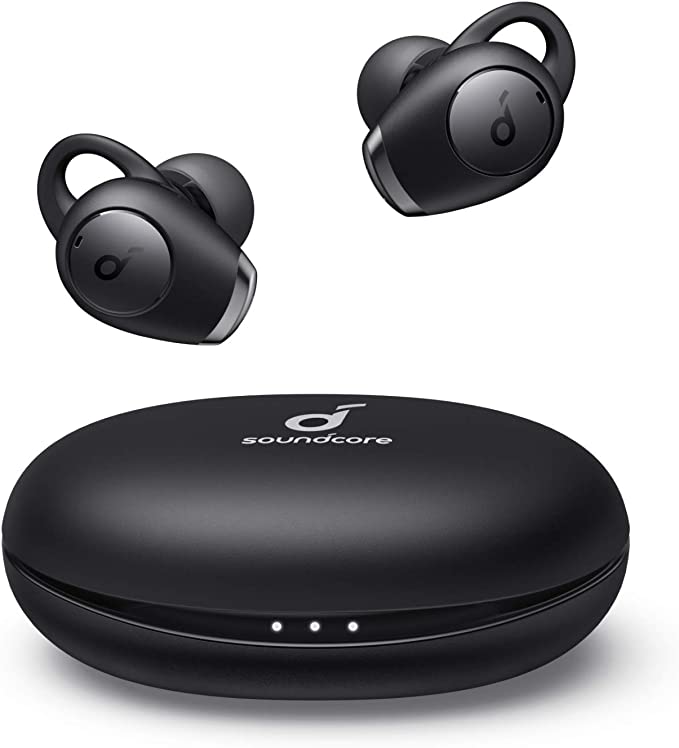KNZ EZPZ Headphones: Open-Ear Comfort for Sports and Everyday Use
Update on March 7, 2025, 2:17 p.m.
We live in a world saturated with sound. From the roar of city traffic to the constant hum of our devices, our ears are bombarded with noise, often at levels that can be damaging. Noise-induced hearing loss (NIHL) is a growing concern, affecting millions of people of all ages. And one of the biggest culprits? Our headphones. Traditional earbuds, while convenient, can be particularly risky because they seal off the ear canal, trapping sound and increasing the pressure on the eardrum. This is why finding a safer alternative can be a very smart move.
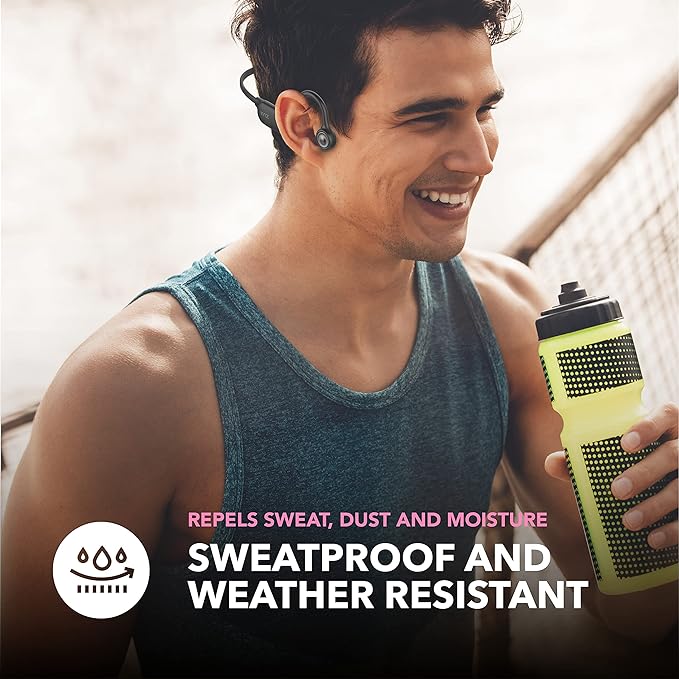
What is Air Conduction? Sound Without the Seal
Air conduction is the natural way we hear most sounds. Sound waves travel through the air, enter our ear canal, and vibrate the eardrum. These vibrations are then transmitted through tiny bones in the middle ear to the cochlea, the inner ear’s sensory organ, where they are converted into electrical signals that our brain interprets as sound.
Open-ear headphones that utilize air conduction work similarly. Instead of sealing off the ear canal, they rest outside the ear, directing sound waves towards the ear canal opening. The sound travels through the air, just like the sound from a conversation or a nearby speaker, and follows the normal pathway through the ear. The key benefit is that air conduction open ear headphones, don’t create the same high-pressure environment within a sealed ear canal that traditional in-ear earbuds can, which potentially expose the ear to a higher risk of noise-induced hearing damage.
Now, let’s be clear: air conduction still involves the eardrum. It’s not bypassing it entirely. The difference is in the intensity and pressure of the sound waves reaching the eardrum. It is how the sound is delivered, not the fundamental pathway, that changes.
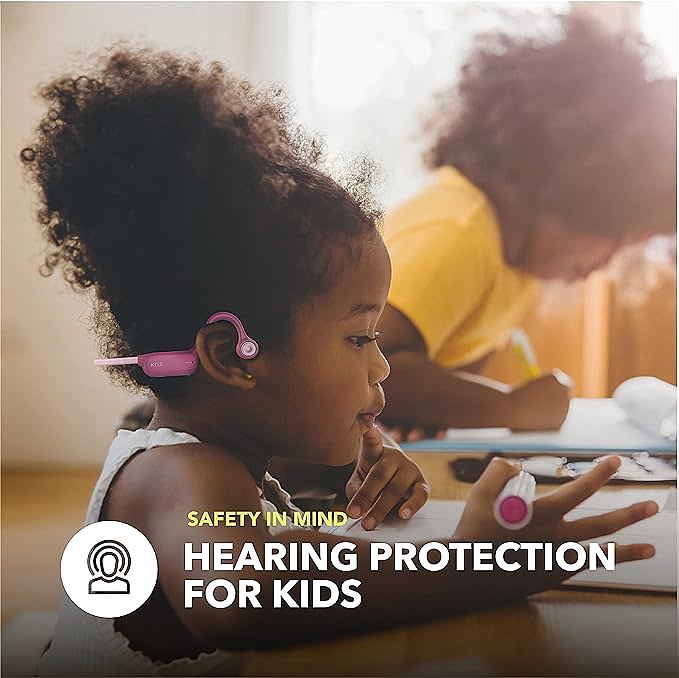
KNZ EZPZ: Open-Ear Listening Reimagined
The KNZ EZPZ headphones are a prime example of air conduction technology in action. These lightweight, over-ear headphones offer a comfortable and secure fit without inserting anything into your ear canal. They’re designed for those who want to enjoy their audio while staying aware of their surroundings, and for those who prioritize long-term hearing health.

A Closer Look at the KNZ EZPZ
Let’s break down the key features that make the KNZ EZPZ stand out:
Secure and Comfortable: The over-ear design, crafted from soft silicone, ensures a snug yet gentle fit. Unlike earbuds that can cause pressure and discomfort, especially during extended use, the KNZ EZPZ rests comfortably outside the ear. This design is not only more comfortable for many users, but is also good for general ear hygiene. You won’t have to worry about the build-up of bacteria.
Stable Connection: Equipped with Bluetooth 5.1, the KNZ EZPZ provides a robust and reliable wireless connection. Bluetooth 5.1 offers several advantages over older versions, including: * Improved Stability: Less likely to experience dropouts or interference. * Lower Latency: Audio and video stay in sync, crucial for watching videos or gaming. * Enhanced Power Efficiency: Contributes to longer battery life.
Sweatproof Design: The KNZ EZPZ headphones are designed to withstand sweat and light rain, making them ideal for workouts and outdoor activities. While the product information states “water resistant”, it is important to note that there is no specific IPX rating provided. An IPX rating (e.g., IPX4, IPX7) would specify the level of protection against water and dust. Without this rating, it’s best to avoid submerging the headphones or exposing them to heavy downpours.

Microphone: A built-in microphone allows for hands-free calls. The call control feature simplifies answering and ending calls. And, you can also easily access voice assistants like Siri and Alexa. The microphone picks up your voice clearly without requiring you to hold the device to your mouth.
The Science of Sound and Hearing
To fully appreciate the benefits of open-ear headphones, it’s helpful to understand a bit more about how we hear. Sound is essentially vibration. The frequency of these vibrations determines the pitch (how high or low the sound is), measured in Hertz (Hz). The amplitude, or intensity, of the vibrations determines the loudness, measured in decibels (dB).
Prolonged exposure to loud sounds, especially those above 85 dB, can damage the delicate hair cells in the cochlea, leading to NIHL. This damage is often gradual and painless, making it a “silent epidemic.” Once these hair cells are damaged, they don’t regenerate, resulting in permanent hearing loss.
Open-Ear vs. Traditional Headphones: A Head-to-Head Comparison
| Feature | Open-Ear Headphones (Air Conduction) | Traditional Earbuds (In-Ear) | Traditional Headphones (Over-Ear, On-Ear) |
|---|---|---|---|
| Hearing Safety | Higher | Lower | Moderate (if volume is kept low) |
| Situational Awareness | High | Low | Low to Moderate |
| Comfort | Generally Higher | Can be uncomfortable for some | Can be bulky, may cause heat buildup |
| Sound Isolation | Low | High | Moderate to High |
| Sound Quality | Can be good, but may lack bass | Generally good | Generally good to excellent |
| Leakage | Higher | Lower | Lower |
As you can see, each type of headphone has its pros and cons. Open-ear headphones prioritize hearing safety and situational awareness, while traditional earbuds often offer better sound isolation and potentially richer bass. The best choice depends on your individual needs and priorities.
Who Can Benefit from Open-Ear Headphones?
Open-ear headphones are a great option for a wide range of people, including:
- Athletes: Runners, cyclists, and other athletes need to be aware of their surroundings for safety.
- Outdoor Enthusiasts: Hikers, walkers, and anyone spending time outdoors can benefit from staying connected to nature while enjoying their audio.
- Office Workers: Open-ear headphones allow you to listen to music or podcasts without completely blocking out colleagues.
- Commuters: Stay aware of traffic and announcements while on public transportation.
- Parents: Keep an ear on your children while listening to your favorite tunes.
- Children: Open-ear headphones are generally considered a safer option for children’s developing ears, provided volume levels are monitored.
- People with Certain Ear Conditions: Individuals with frequent ear infections, or those who find in-ear buds irritate their ear canal, could find more comfort.
The Future of Open-Ear Technology
Open-ear headphone technology is constantly evolving. Future advancements may include:
- Improved Sound Quality: Researchers are working on ways to enhance the bass response and overall fidelity of open-ear headphones.
- Reduced Sound Leakage: Minimizing the amount of sound that escapes from the headphones is an ongoing challenge.
- Active Noise Cancellation (ANC): While seemingly counterintuitive for open-ear headphones, some companies are exploring ways to incorporate ANC to block out unwanted noise without sacrificing situational awareness.
- Personalized Audio: Tailoring the sound output to the individual’s unique hearing profile.
- Integration with Smart Devices: More seamless integration with smartphones, smartwatches, and other devices.
Protecting Your Hearing: Beyond the Headphones
While open-ear headphones can be a valuable tool for protecting your hearing, they are not a magic bullet. It’s essential to practice good listening habits regardless of the type of headphones you use:
- The 60/60 Rule: Limit listening to 60% of the maximum volume for no more than 60 minutes at a time.
- Take Breaks: Give your ears regular breaks from sound exposure.
- Use Noise-Canceling Headphones in Loud Environments: When you need to block out noise, use noise-canceling headphones instead of cranking up the volume on regular headphones.
- Monitor Your Hearing: Get regular hearing checkups, especially if you are exposed to loud noise regularly.
-
Use earplugs: If you know you’ll be exposed to loud noises, such as at a concert, construction site, or while operating machinery, wear earplugs to protect your hearing. Even a small reduction in decibels can make a significant difference over time.
-
Be Mindful of Volume Levels: Pay attention to how loud your audio is. If you have to shout to be heard over your music, it’s too loud. Many smartphones now have built-in features that warn you when you’re exceeding safe listening levels.
-
Understand The Limitations: Open-ear headphones, while offering advantages in terms of situational awareness and potential hearing safety, also have limitations. Because they don’t seal off the ear canal, they are more susceptible to external noise interference. In very loud environments, you might be tempted to increase the volume to compensate, which could negate some of the safety benefits. Also, because of their design, there will be some sound leakage. This means that people nearby may be able to hear what you’re listening to, especially at higher volumes.
-
Consider the Sound Quality Trade-off: While air conduction technology is improving, open-ear headphones generally don’t offer the same level of bass response and overall sound immersion as high-quality, sealed in-ear or over-ear headphones. If you’re an audiophile who prioritizes pristine sound quality above all else, open-ear headphones might not be your first choice. However, for many users, the trade-off in sound quality is worth it for the added comfort, safety, and awareness.
-
Proper Cleaning and Maintenance: Keep your headphones clean, especially the parts that come into contact with your skin. Use a soft, slightly damp cloth to wipe them down regularly. Avoid using harsh chemicals or abrasive cleaners. For the KNZ EZPZ, the silicone material makes it relatively easy to clean.
-
Children and Headphones a Special Note: Children’s ears are particularly vulnerable to noise-induced hearing loss. If you’re considering headphones for a child, the KNZ EZPZ’s open-ear design is a strong point in its favor. However, it’s crucial to supervise children’s headphone use and ensure they are listening at safe volume levels. Look for headphones with built-in volume limiters if possible.
Conclusion: Embrace a Safer, More Aware Listening Experience
The KNZ EZPZ Over Ear Air Conduction Headphones represent a shift towards a more mindful approach to audio consumption. By prioritizing hearing health and situational awareness, they offer a compelling alternative to traditional earbuds, particularly for those who are active, spend time outdoors, or are concerned about the long-term effects of noise exposure. While they may not satisfy the most demanding audiophile, their combination of comfort, safety, and practicality makes them a worthwhile consideration for a wide range of users. Ultimately, choosing the right headphones is a personal decision, but understanding the benefits and limitations of different technologies, like air conduction, empowers you to make an informed choice that protects your hearing and enhances your listening experience.
